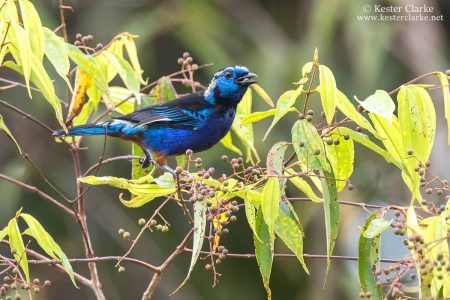
Opal-rumped Tanagers
Opal-rumped Tanagers (Tangara velia) are widely distributed, although uncommon, throughout the forests of Amazonia and the Atlantic forests of eastern Brazil.

Opal-rumped Tanagers (Tangara velia) are widely distributed, although uncommon, throughout the forests of Amazonia and the Atlantic forests of eastern Brazil.
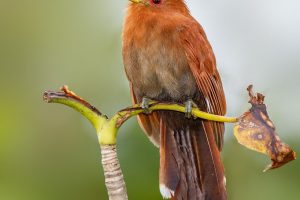
The adult little cuckoo is mainly chestnut brown, with a greyish lower belly, browner tail and white tips to the tail feathers.
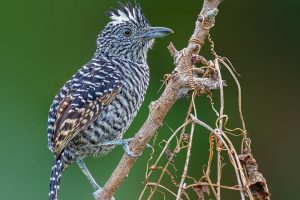
The male barred antshrikes are barred with black and white and have a black crest with white underneath that they can raise.
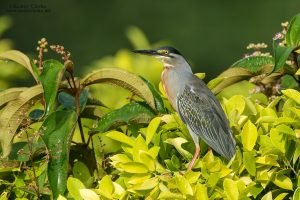
Striated Herons (Butorides striata) are often seen standing still at the edge of ponds and trenches where they wait to ambush prey such as small fish, frogs and insects.

The Anhinga or snake bird, as it is called, is a large water bird found in much of the Americas.
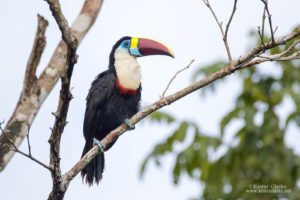
The loud, dog like yelping calls of the White-throated Toucan can carry for a long distance.
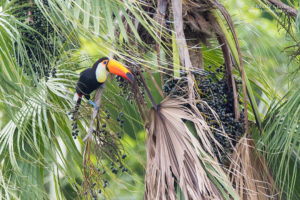
The Toco Toucan (Ramphastos toco), also known as the Toucan or Common Toucan, is the largest and probably the best known species in the toucan family.

Also known as the hawk-headed parrot, the Red-fan parrot is an unusual New World parrot hailing from the Amazon Rainforest.
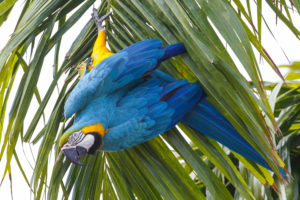
Blue-and-yellow Macaws usually mate for life. They prefer to nest in dead palm trees as is the case here in the Botanical Gardens and they feed on a wide range of fruits, particularly palm nuts and leaf buds.
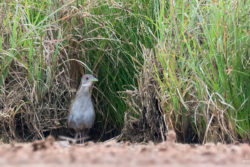
The Ash-throated Crake is a secretive bird often found in flooded wetlands.
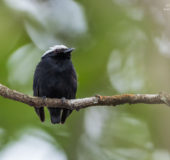
The White-crowned Mana-kin like others in its family is a small, compact bird and is found throughout the Guianas.
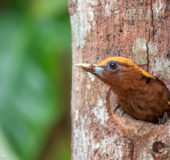
The Chestnut Woodpecker has a rufous-chestnut colour overall, with a yellow rump and flanks.
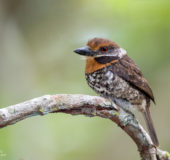
The Spotted Puffbird is often found near forest edges and it primarily feeds on insects, but may take fruit.
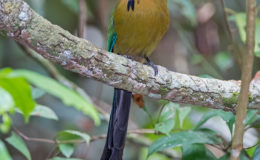
The Amazonian Motmot has distinctive tail feathers, which twitch like the pendulum of a clock when they are perched.
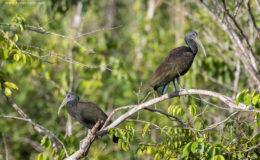
The Green Ibis may appear black in poor light, but they have glossy green bodies and pale green legs and bill.
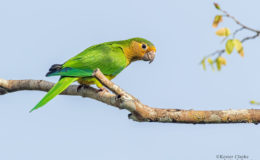
The Brown-throated Parakeet are usually seen in pairs or small groups and they feed on fruits, flowers and seeds of certain plants.
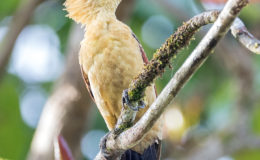
The Cream-coloured Woodpecker is unique among woodpeckers for its pale yellow plumage and brown wings.
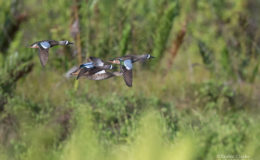
The Blue-winged Teal are small ducks usually found in shallow bodies of water across much of North America.
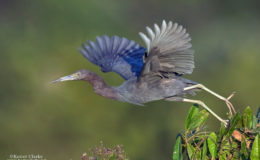
The Little Blue Heron is commonly found at marshes and canals where they hunt shallow waters for small fish and amphibians.

Male Black-spotted Barbets have an orange-red forehead and throat and a yellow chest with brown steaks on the side of the belly.
The ePaper edition, on the Web & in stores for Android, iPhone & iPad.
Included free with your web subscription. Learn more.